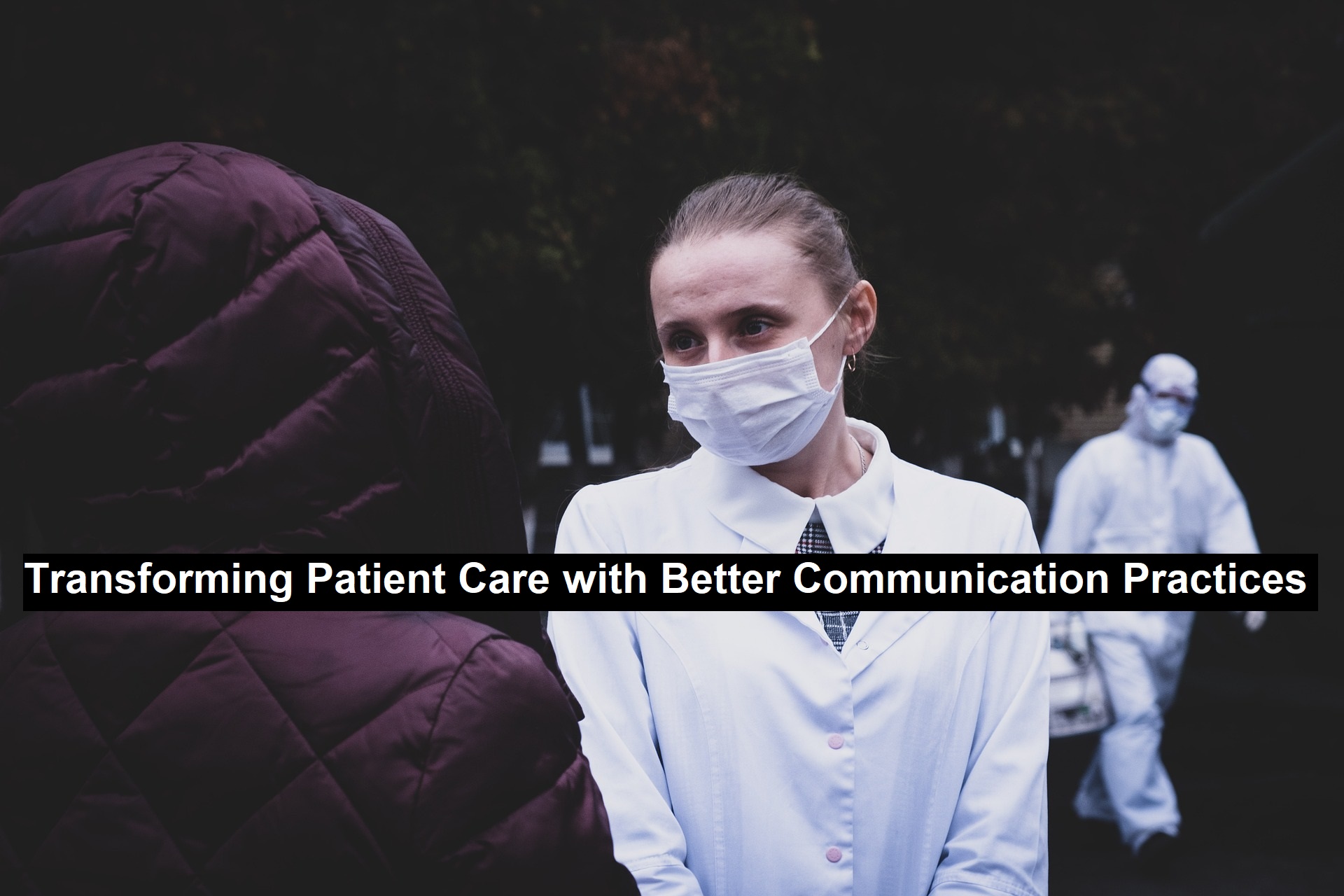Effective physician-patient communication is crucial in today’s healthcare system. When communication is clear, compassionate, and patient-centered, it can significantly impact patient satisfaction and outcomes. However, many obstacles stand in the way, with low health literacy being a common challenge.
Research indicates that only about 12% of adults have strong health literacy skills, meaning that many patients struggle to understand their health conditions and treatment plans. This gap can lead to confusion, poor self-care, and ultimately, worse health outcomes.
Read: Achieving A Healthier Relationship with Technology via A Digital Detox
To counteract this, physicians must focus on building stronger connections with their patients. Establishing trust starts with simple actions like maintaining eye contact and showing empathy. Active listening is also key—it helps doctors understand patient concerns more fully and encourages patients to share important details.
Moreover, when it comes to explaining medical information, physicians should aim for clarity. Using plain language and observing non-verbal cues can improve a patient’s comprehension and comfort. Asking patients to paraphrase instructions can ensure they’ve understood critical care directives, which helps avoid missteps in self-care.
On a broader level, healthcare institutions can support these efforts by allowing doctors more time with patients. Longer consultations give physicians the opportunity to provide thorough explanations and build stronger doctor-patient relationships. Encouraging regular visits can also improve patient engagement and ensure better monitoring of their health over time.
Patient-Care-with-Better-CommunicationFor more insights on strategies to improve physician-patient communication, such as via inbound call center services, refer to the accompanying resource.

